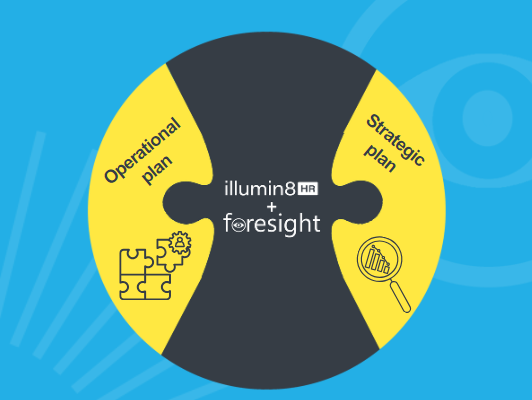Giving people managers access to employee data can be a daunting thought. But we can’t expect our managers to manage their teams if they don’t have access to the right information. With the latest people analytics technology, it can be done safely, securely and simply; freeing up HR’s time and enabling managers to make informed decisions.
From making ad-hoc decisions, or leaning heavily on their HRBP, managers who have access to people analytics can take a proactive approach to management that benefits everyone. Managers are well used to accessing data and dashboards, but if they have access only to transactional systems like your HRIS, then they are likely missing out on insight about their people.
One of the things we’re proud about at Activ8 is that our people analytics platform puts analytics in the hands of more decision makers, helping them to learn more about their teams and take more informed actions.
Here we’d like to share a few learnings from our work with clients on how to democratise people analytics across your organisation.
Getting started
Through our experiences with illumin8HR clients, we’ve learned how large enterprises have successfully shared analytics with more people. The key is to offer relevant information at the right time in a digestible and visual way:
- Use people analytics to join the dots by pulling together data from different systems and providing easy access to joined up data that is more informative than standalone sources. For example, bringing staff engagement data together with employee turnover will give you better insight into where you need to act. Use HR analytics to do the heavy lifting, so your managers are presented with a simple and complete picture.
- Help managers understand where they fit into the big picture by showing team performance against organisational goals. Giving managers the flexibility to easily create local metrics means they can also focus in on their own teams’ priorities by region, role type, shift pattern or line manager. By benchmarking teams across standard metrics, outliers can quickly identified and addressed.
- As far as possible, aim to mirror the experience that managers get in other applications like your HRIS. For managers, people analytics might not necessarily be about sharing new data, but about presenting data in a joined-up way with better visualisation. Their experience needs to be intuitive so ideally, managers can access what they need with minimal training.
- Use engaging animations to help managers focus on the ‘so what’ of data and how what they’re seeing in charts translates into talent challenges. How does what managers are seeing locally, compare to the overall company KPIs? An intuitive HR analytics platform makes it easy for busy managers to connect data with the bigger picture.
- Keep training simple. Grouping topics around the answers that managers are looking for like ‘absence’, ‘promotion’, or ‘pay’ can help to increase usage. Back this up with guidance about why each metric is important, what a healthy range is and what you typically see company wide. Remember to be clear about when managers should reach out to their HRBP, for example, if they see a spike in resignations there should be a call to action.
The illumin8HR difference
Most people analytics solutions are either the product of business intelligence teams or dedicated people analytics providers. And in either scenario, the end users are typically HR departments. In contrast, illumin8HR is designed for people managers who don’t have the time or sometimes the skills to interpret the analytics.
illumin8HR is already helping thousands of people managers and HR departments to have a more tangible impact on their organis




